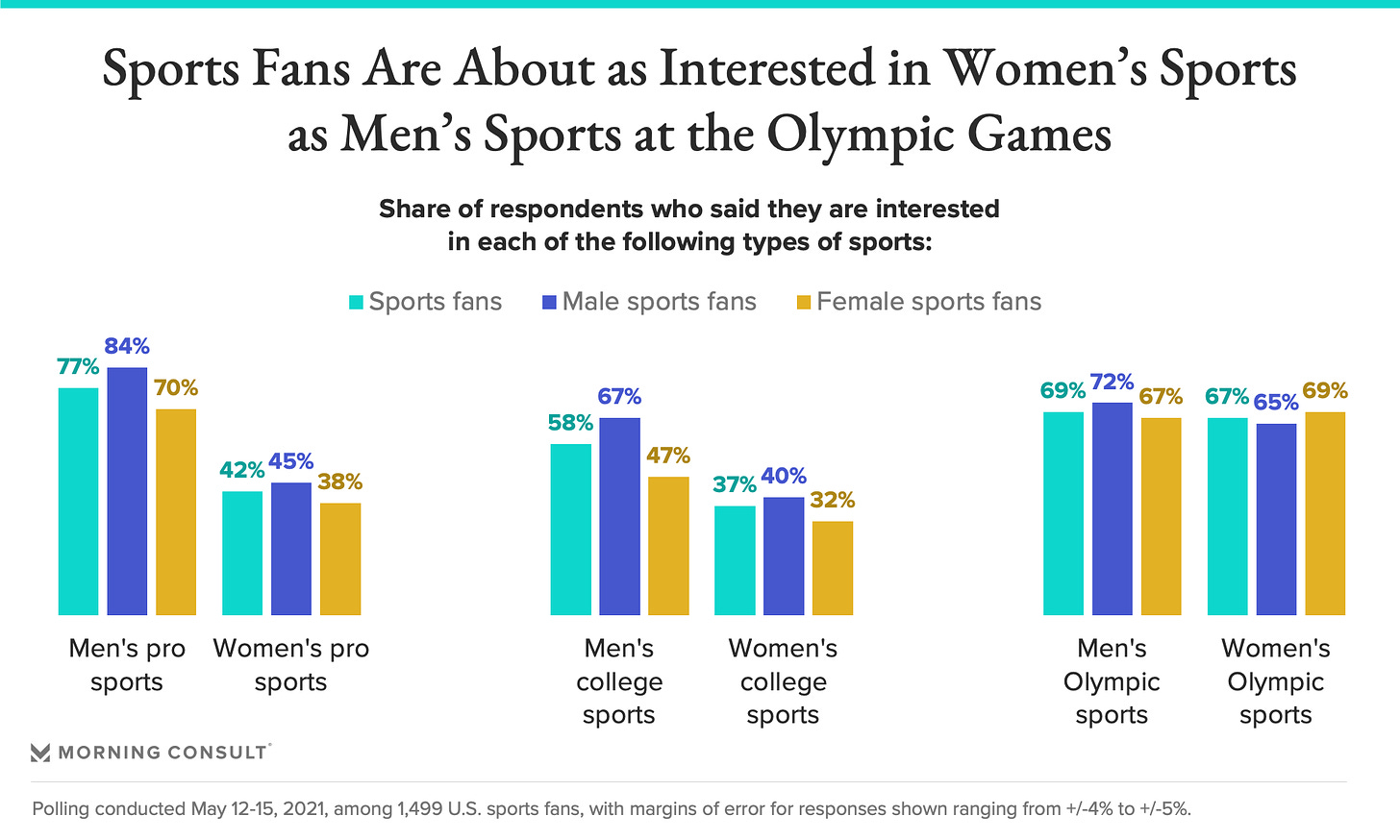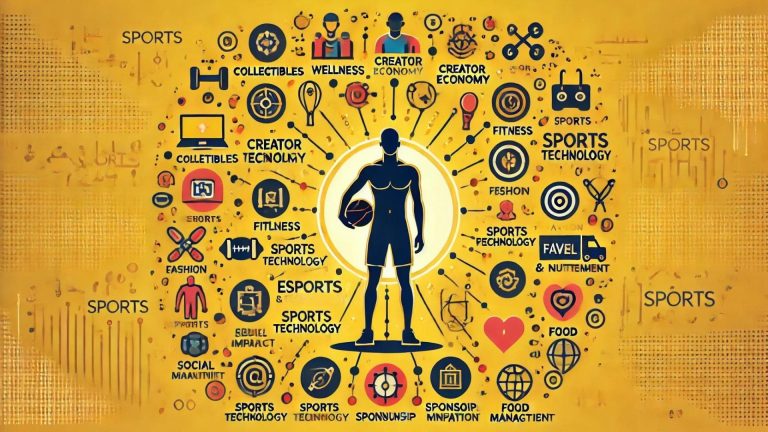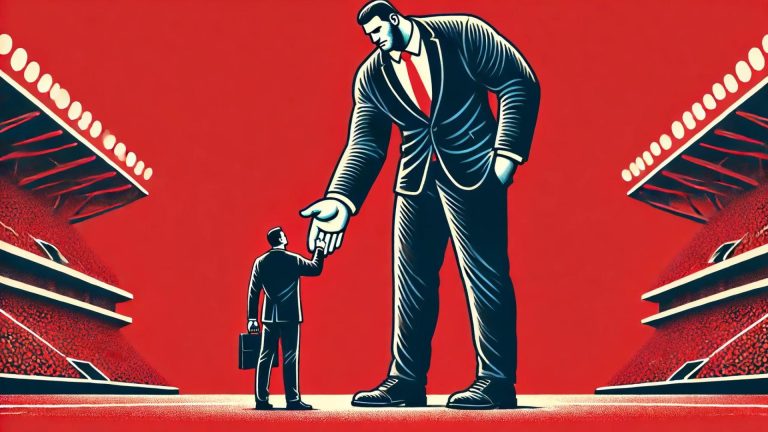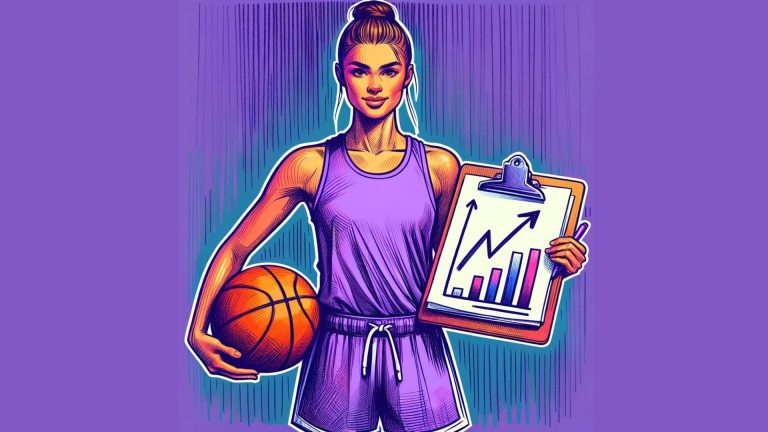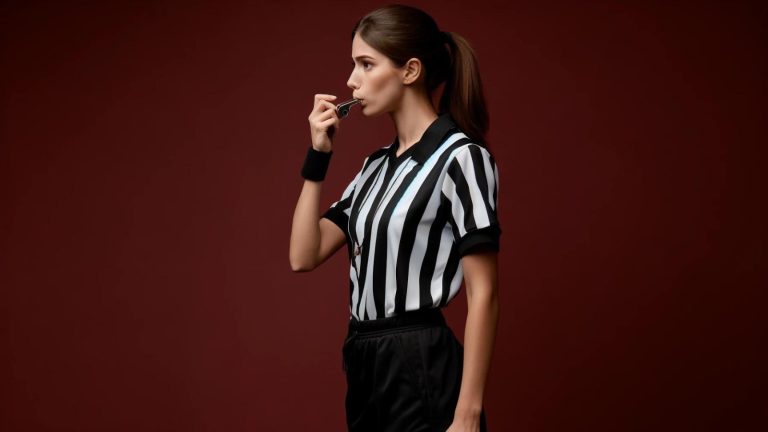You want to know one of the main reasons female sports don’t grow.
Let me show you…
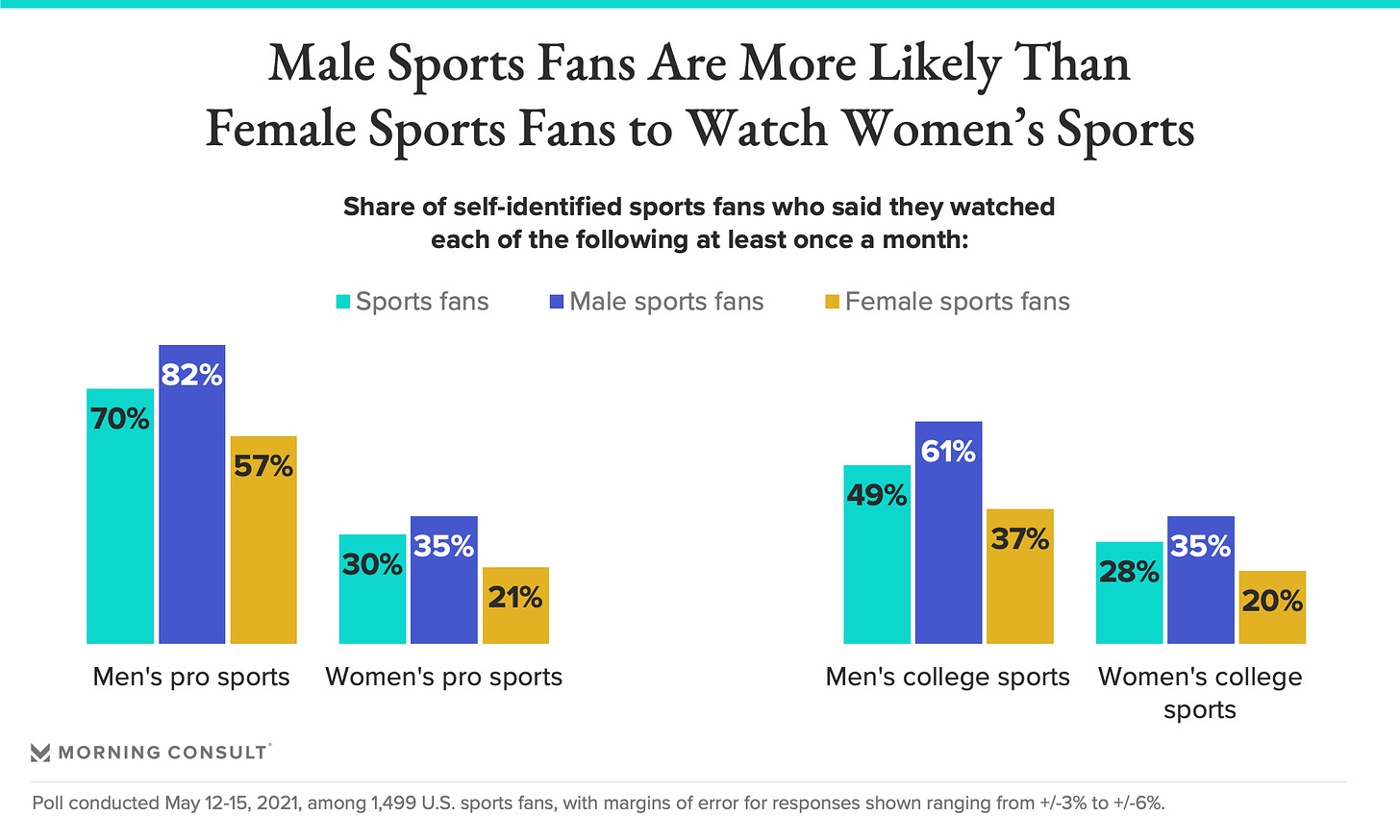
Male fans are more likely to watch women’s sports than females (and by nearly double).
That raises the question…
Are the same women that are striving for equal sports supporting female sports themselves?
Let’s Dive Deeper 👇
Women Aren’t Supporting Women’s Sports Enough
Take a look at the Olympics:
Women’s Olympic sports are watched at a nearly identical rate to men’s sports.
The 2019 FIFA Women’s World Cup generated record viewership (993M people watched on TV, 482M on digital platforms), and the final was more popular than the 2018 men’s final, with a 22% larger audience.
The thing is…
Some people are so set on getting a women’s sport like basketball equal to men’s.
When maybe we should be focused on giving a platform for volleyball, softball, gymnastics, tennis, and the women’s sports people are more willing to watch.
Women’s sports are allowed to be different! They don’t have to be equal.
I’m on the side of female athletes — I want to help grow women’s sports.
But before we do that, it’s important to address the problems.
This is a big one ⬇️
Women Criticizing Women
Livvy Dunne is a female gymnast at LSU with over 8.5 million followers across social media.
Thanks to NIL, she is now allowed to profit as a college athlete and is reportedly set to make $2 million dollars thanks to deals with American Eagle, Vuori, and more.
Great right?
Apparently not to the New York Times and former Stanford Women’s basketball coach Tara VanDerveer.
I encourage you to read the article at some point (once you get past its title): New Endorsements for College Athletes Resurface an Old Concern: Sex Sells
Summarizing the article, it basically says that Livvy Dunne and other female collegiate athletes use sex to push their brand and gain deals — and that this is a “step back” in women’s sports.
So instead of lifting Livvy up, congratulating her, and helping to grow the appeal of women’s sports — they’re putting her down.
One day after it was released, Livvy posted this:
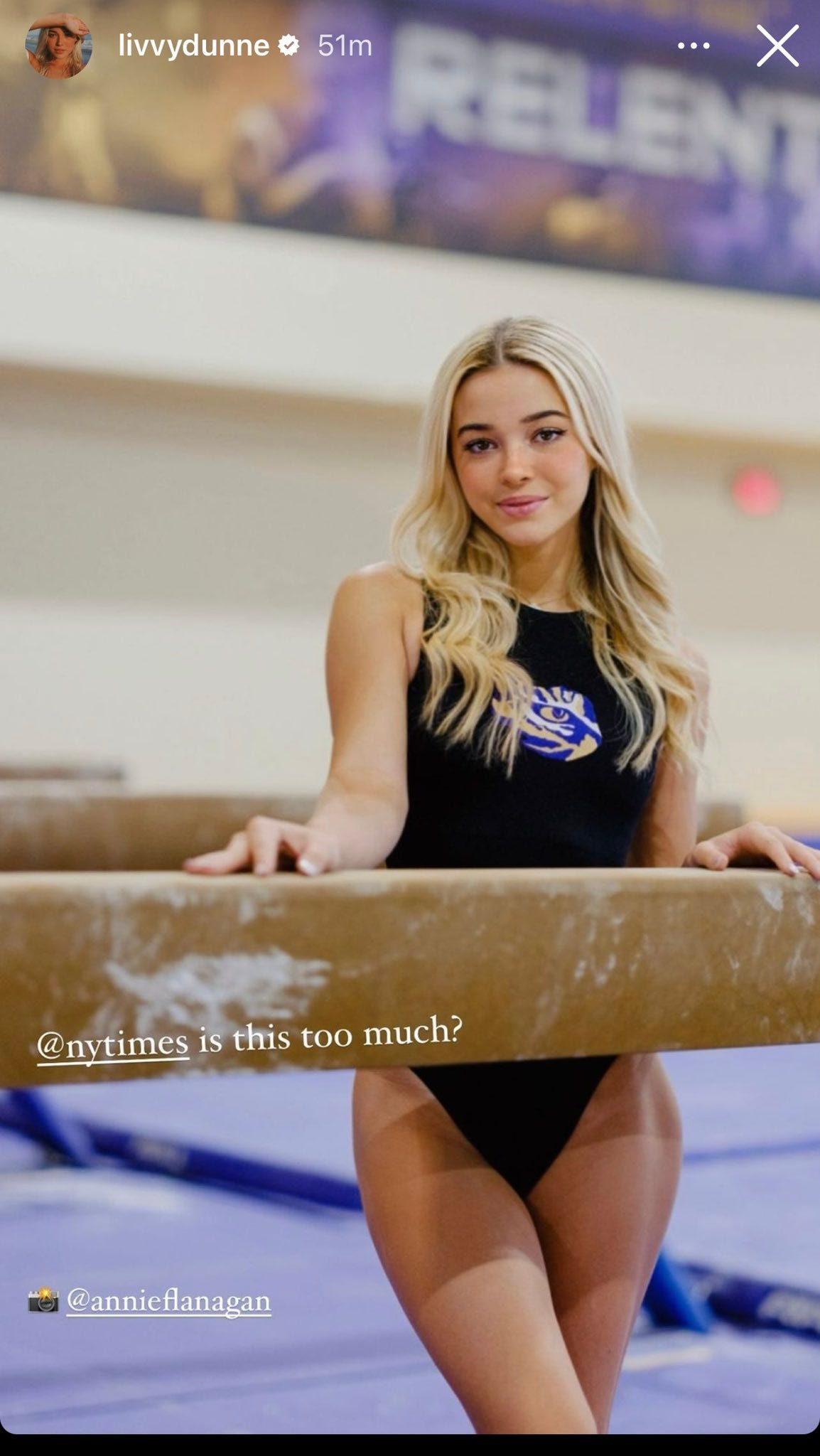
Good for her — and interestingly, most of the support she has garnered has come from men, not women.
Most men actually want women’s sports to grow.
But ironically, some women apparently don’t.
Proving my point look at this…
Do you think sports fans are just casually watching college gymnastics (male or female)? Probably not many.
But look at what Livvy did for LSU and gymnastics as a sport.

This is where a big problem comes from…
As soon as a female athlete gets big, some women try to shut her down by saying it’s because of how she looks (or that she got famous in a way that they don’t view as “right”).
While looks may help, let’s not forget Livvy is an All-American gymnast as well.
And don’t tell me there aren’t women who only watch a football game because of Tom Brady — it’s still good for the game.
Inclusion Should Have Boundaries
Just as women’s sports were starting to pick up real steam last year, another mainstream debate brought the interest down.
Transgender athletes.
The problem is that many of these issues in women’s sports turn political — when they should turn to logical thinking instead.
I’m all for allowing people to do whatever they want, but the transgender debate is black and white to me.
We have below-average male athletes transitioning to females and wreaking havoc within women’s sports.
Lia Thomas went from the 462nd-best collegiate male swimmer to the #1 female swimmer in a little over a year after changing genders.
That shouldn’t be allowed.
Instead of hurting the feelings of Lia Thomas by saying that she can’t compete, we hurt hundreds of other women swimmers much worse.
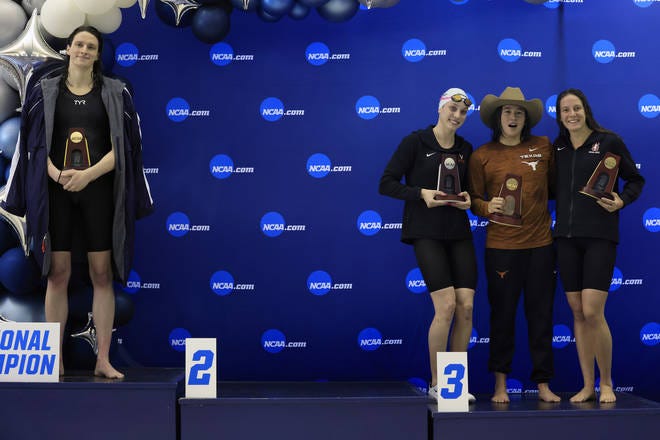
Think of 2nd place finisher Emma Weyant who would have finished first.
Think of the girl that came in 4th place (that worked her whole life to get on the NCAA podium) and came away with nothing.
Think of the female swimmer that would have been offered a scholarship at the University of Penn if Lia wasn’t on the team.
And what’s sad, is that this story turned a lot of people away from female sports.
But the core issues lie deeper…
Society Is Failing Female Athletes
Up until this point, I focused on mainstream issues that mostly involve females hurting the growth of women’s sports at the collegiate and pro levels.
But societal issues have an even greater impact (especially at the youth level).
Lack of access.
According to a Women’s Sports Foundation study, girls have 1.3 million fewer opportunities to play high school sports than boys.
There are also safety and transportation problems.
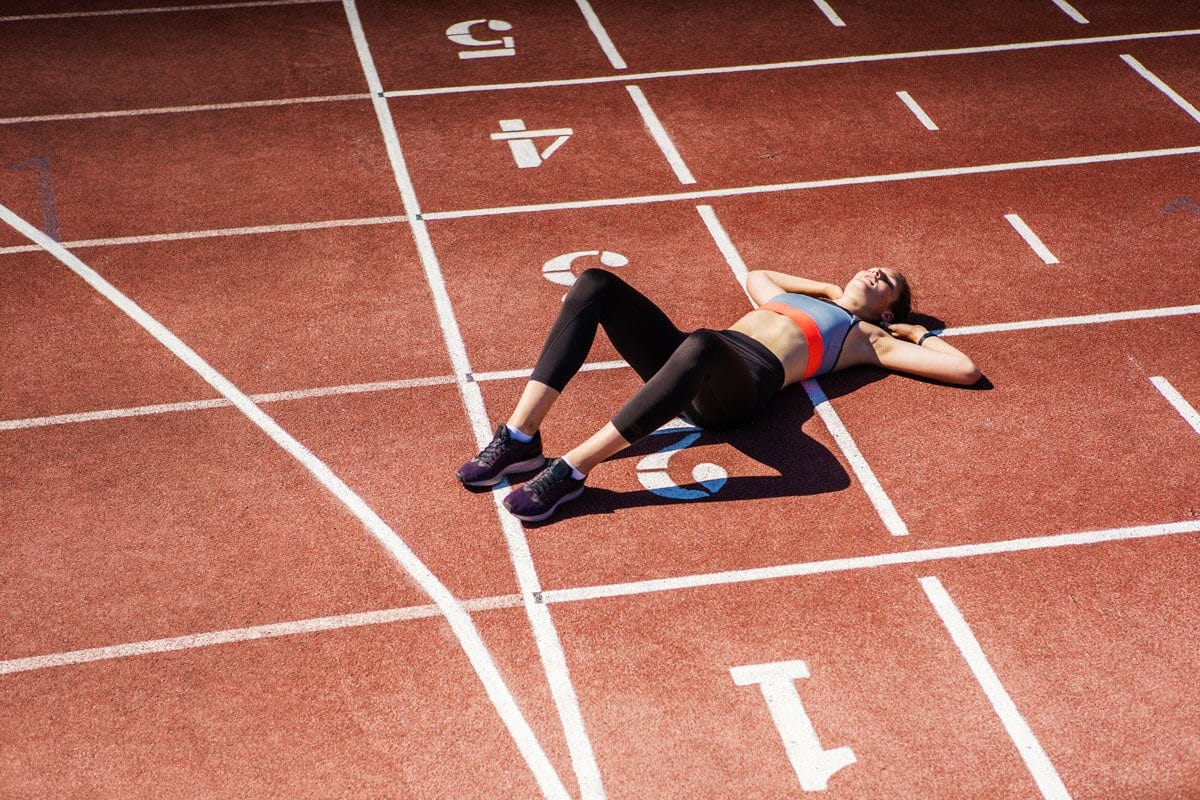
In dense urban environments, traveling to facilities through unsafe neighborhoods or at night doesn’t always work.
Go to NYC — I’ve seen plenty of male high school athletes on the subway, but have never seen a female athlete.
Social stigma.
Boys are expected to play sports.
Girls who play sports are often regarded as “manly” or can be tagged as “gay”.
This combo is strong enough to push many girls out of the game.
I’ve seen plenty of talented female athletes drop out because they didn’t want to be seen as a “tom-boy”.
Too many males in women’s sports.
I’ve always found this strange…
- Females make up only 10.5% of Division I athletics directors
- Females hold only 40.8% of all head coaching jobs in women’s sports
- Females hold only 49% of all assistant coaching jobs in women’s sports
Men have too many of the “leadership” positions in women’s sports.
Prior to 1972, women held 90% of the coaching jobs for women’s teams, and now they only have 40%.
Why?
An unexpected downside to Title IX — as the pay and power associated with these jobs increased, men started to enter the space.
Lack of positive role models.
One of the major arguments is that girls today are bombarded with images of external beauty, not those of confident, strong female athletic role models.
That may be true to some extent.
However, looking at the last Olympic games…
The four athletes with the greatest name recognition were all women: tennis player Serena Williams, gymnast Simone Biles, soccer player Megan Rapinoe, and swimmer Katie Ledecky.
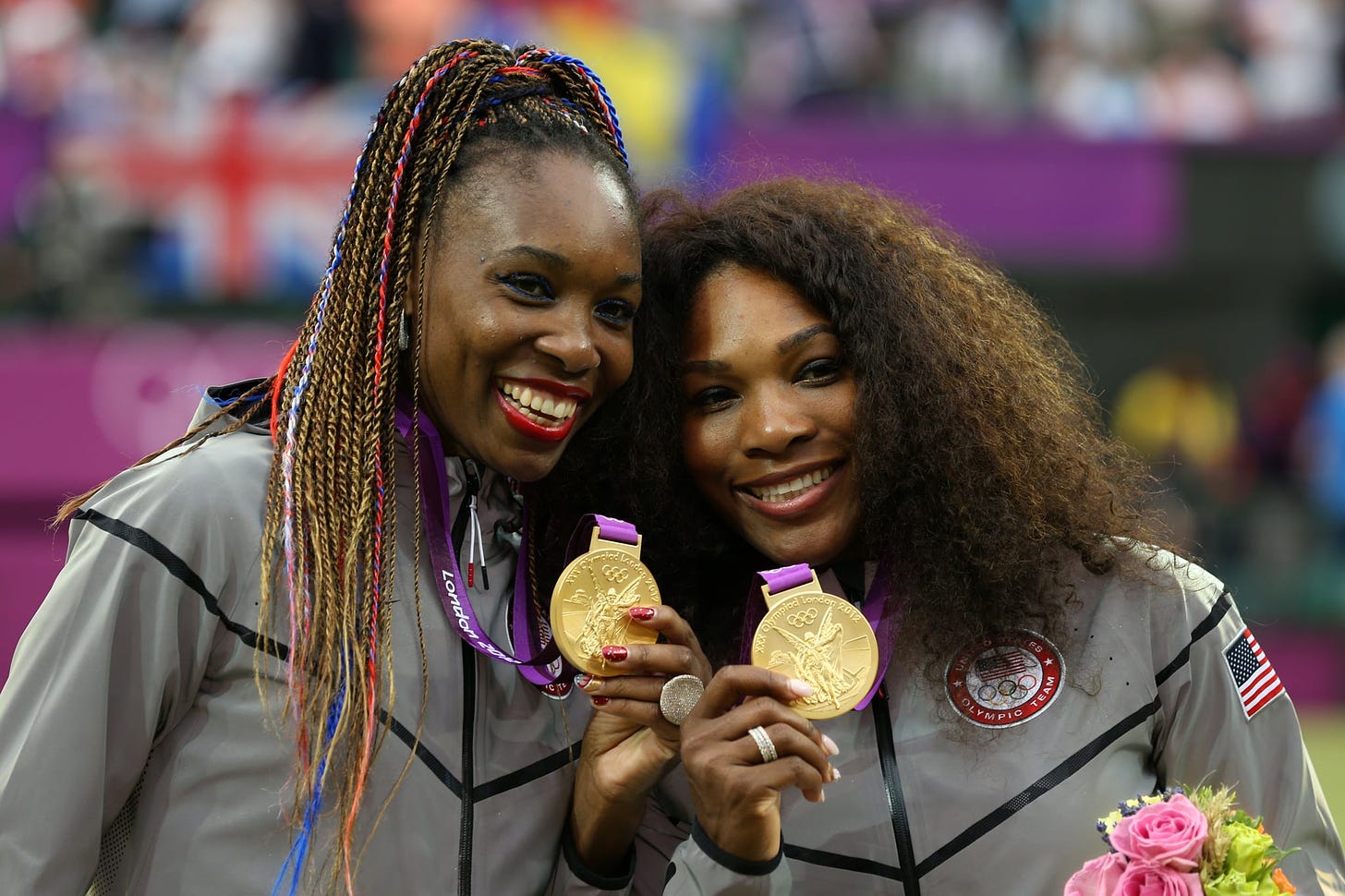
I would say all of them are solid role models — not perfect, but who is?
Bad male actors.
There are terrible headlines like that of USA gymnastics coach Larry Nassar, but men preying on female athletes is far too common.
When I was in high school, the women’s basketball coach went to jail for a sexual relationship with one of his players.
The other day, I turned on the TV and saw a local basketball trainer got arrested for sexual relations with an underage female athlete he was training.
This nonsense happens far too often.
Things Are Looking Better
Women’s sports continue to gain more coverage, money, and attention.
And with that, viewership is going up.
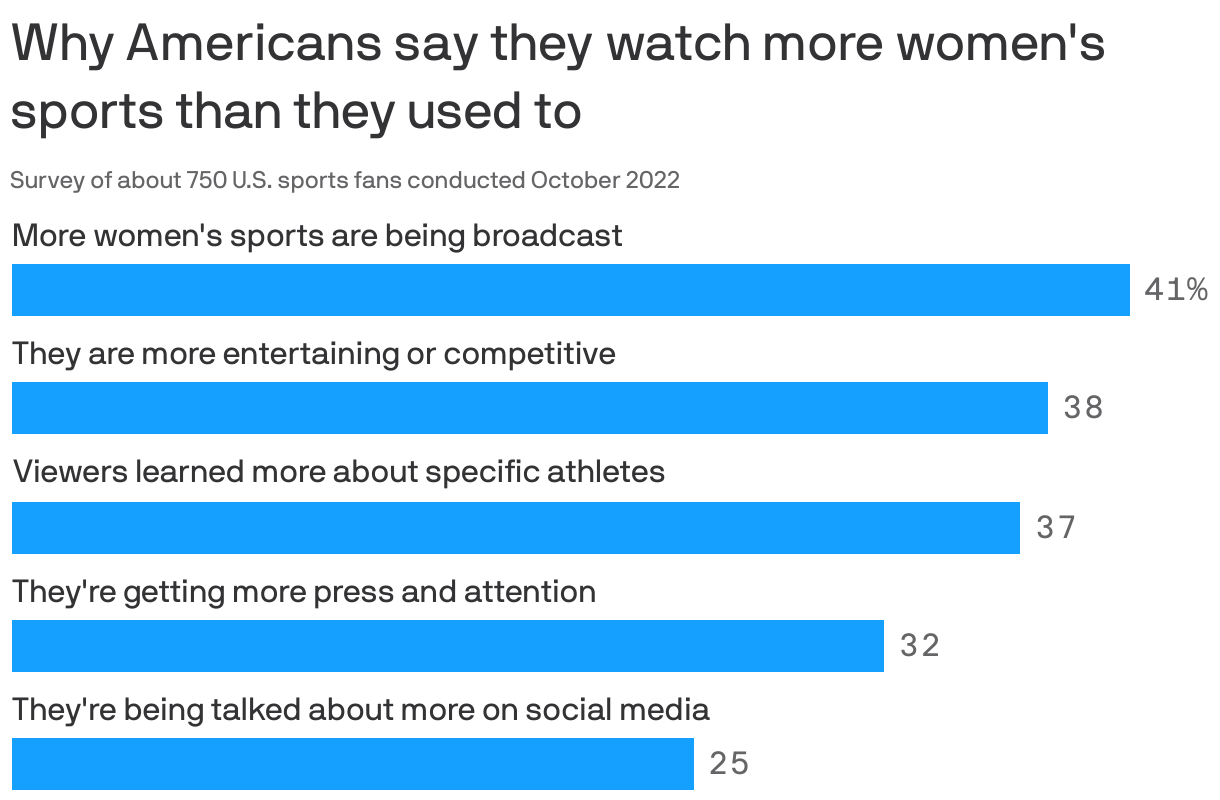
30% of American sports fans watch more women’s sports now than they did five years ago, per NRG’s report.
There were nearly twice as many hours of women’s sports on national TV through Q3 of this year compared to all of last year (141 to 77 hours).
Institutional interest is now working its way downstream.
Who’s Building in this Space?
Not only are big companies like ESPN and Nike pushing initiatives in women’s sports.
We also have pro athletes like Eli Manning, Sue Bird, Candace Parker, and Kevin Durant purchasing female soccer teams.
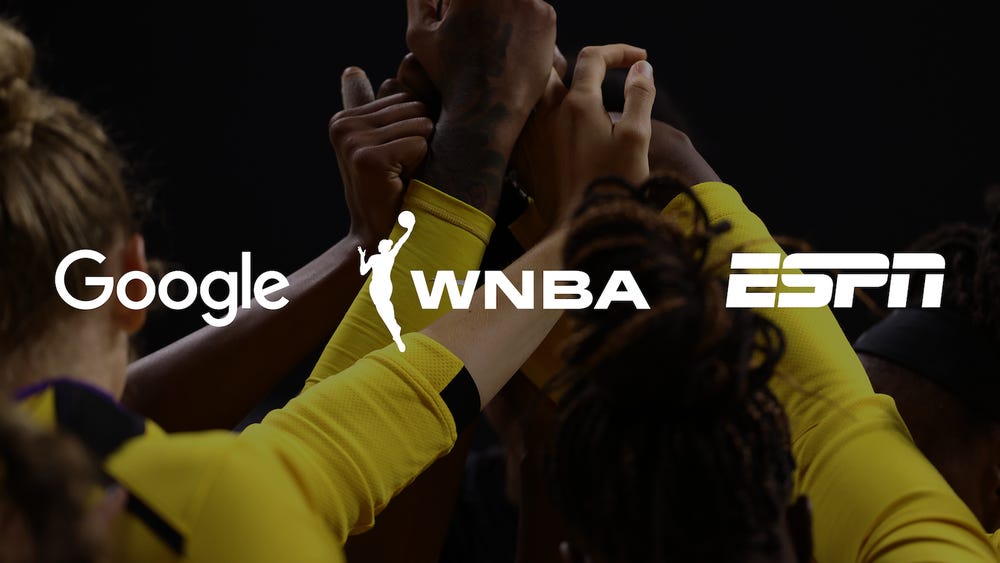
There are some other interesting projects taking place as well.
- Earlier this month we had the launch of the Women’s Sports Network — the first-ever network to focus exclusively on female athletes.
- The GIST and Just Women’s Sports are media publications focusing mostly on female sports.
- There’s Moolah Kicks who manufactures women’s basketball shoes.
- And many other companies
Title IX was good for the most part, but it also came with some drawbacks (like men taking most of the women coaching positions).
Let’s hope these new companies push the space forward and don’t separate it even more with blind-sided side effects.
Going Forward
Yes, women’s sports haven’t always gotten the same love as men’s sports.
There are initiatives aimed at changing that.
Most people want to see both men’s and women’s sports co-exist and have opportunities to succeed.
To grow the games we should think more about exemplifying their strengths + differences and less about trying to make them equal.
While society has some work at the youth level, women have to stop putting each other down at the collegiate and pro levels.
The good thing — we’re headed in the right direction.
I’m all for growing women’s sports…
Are you?
